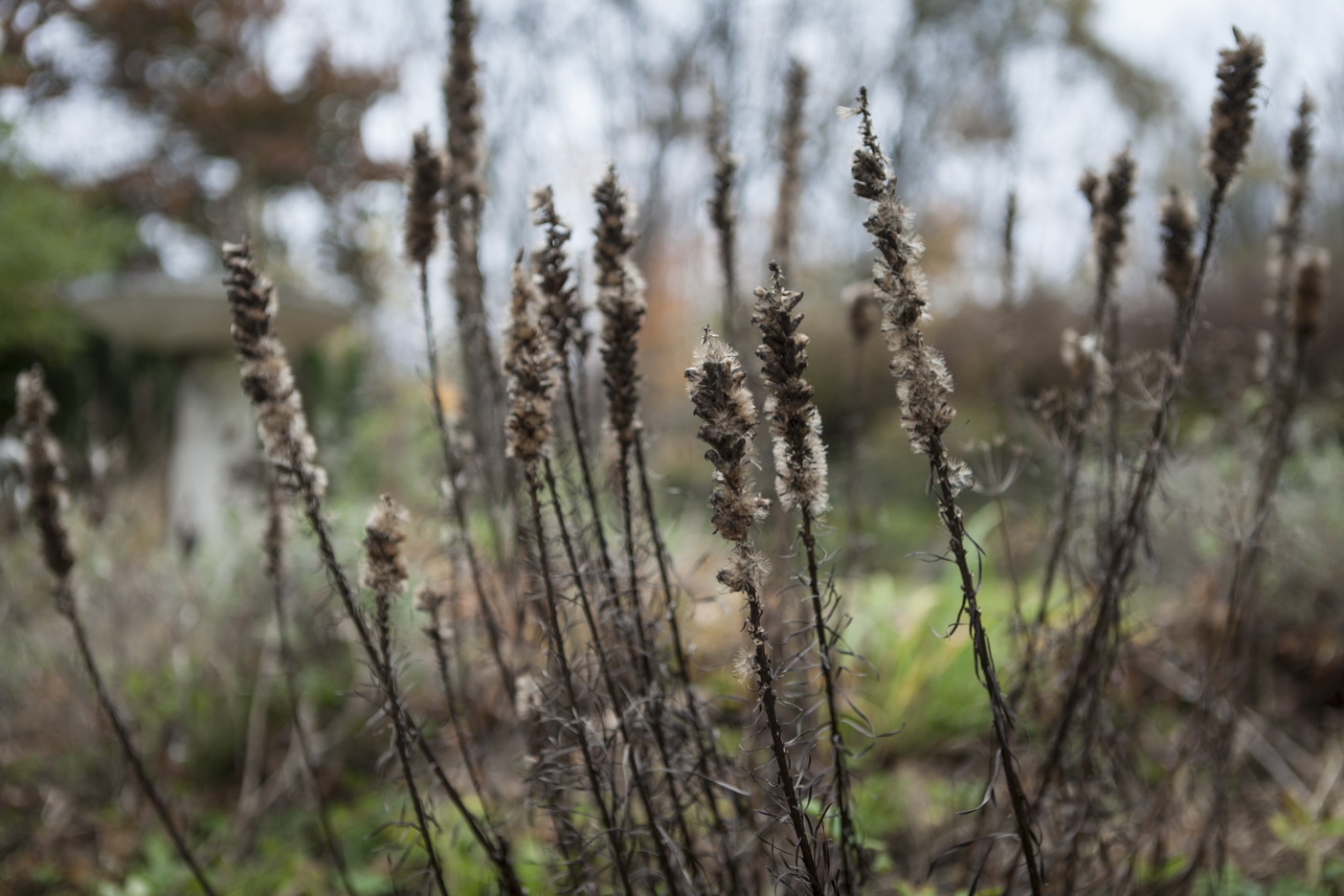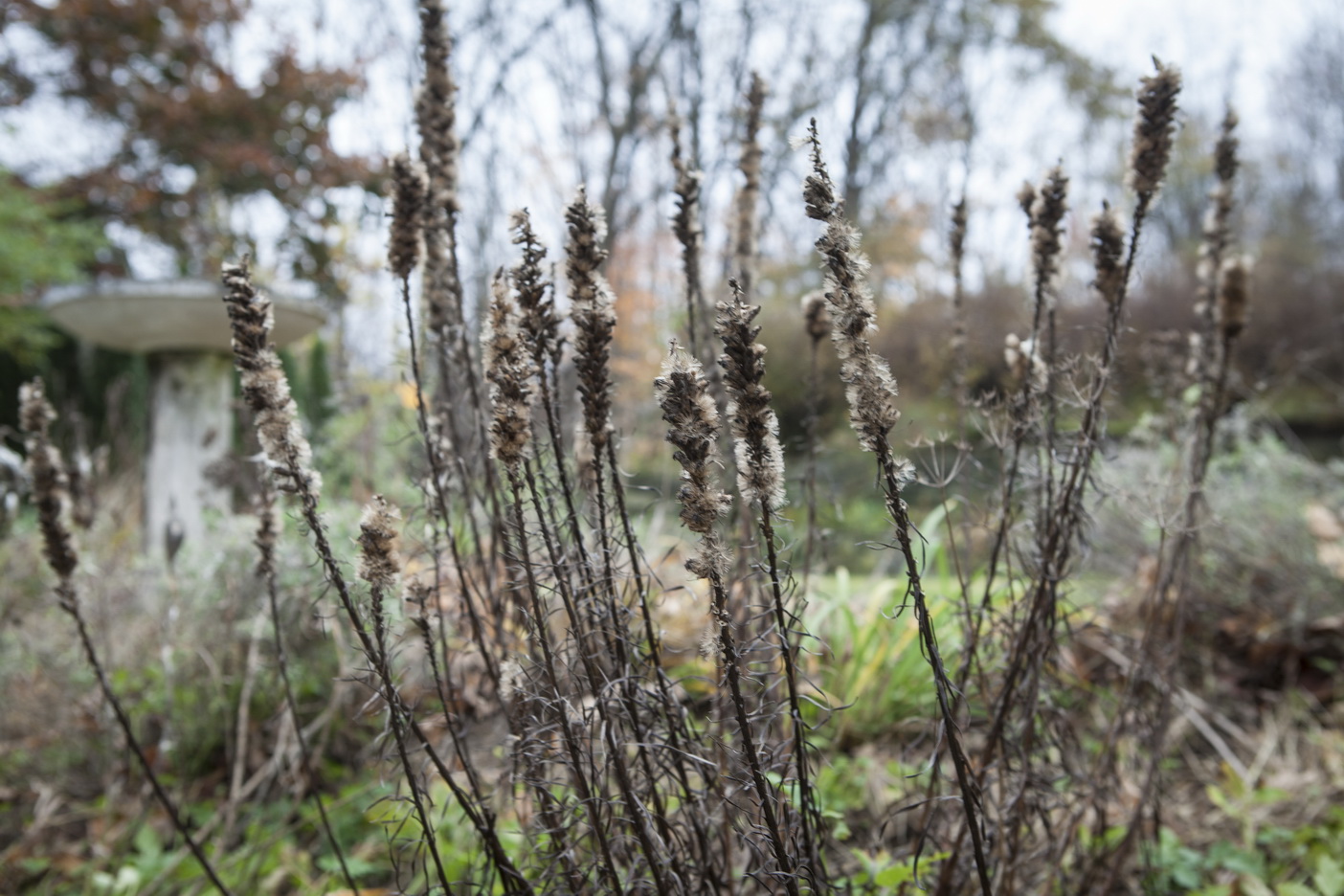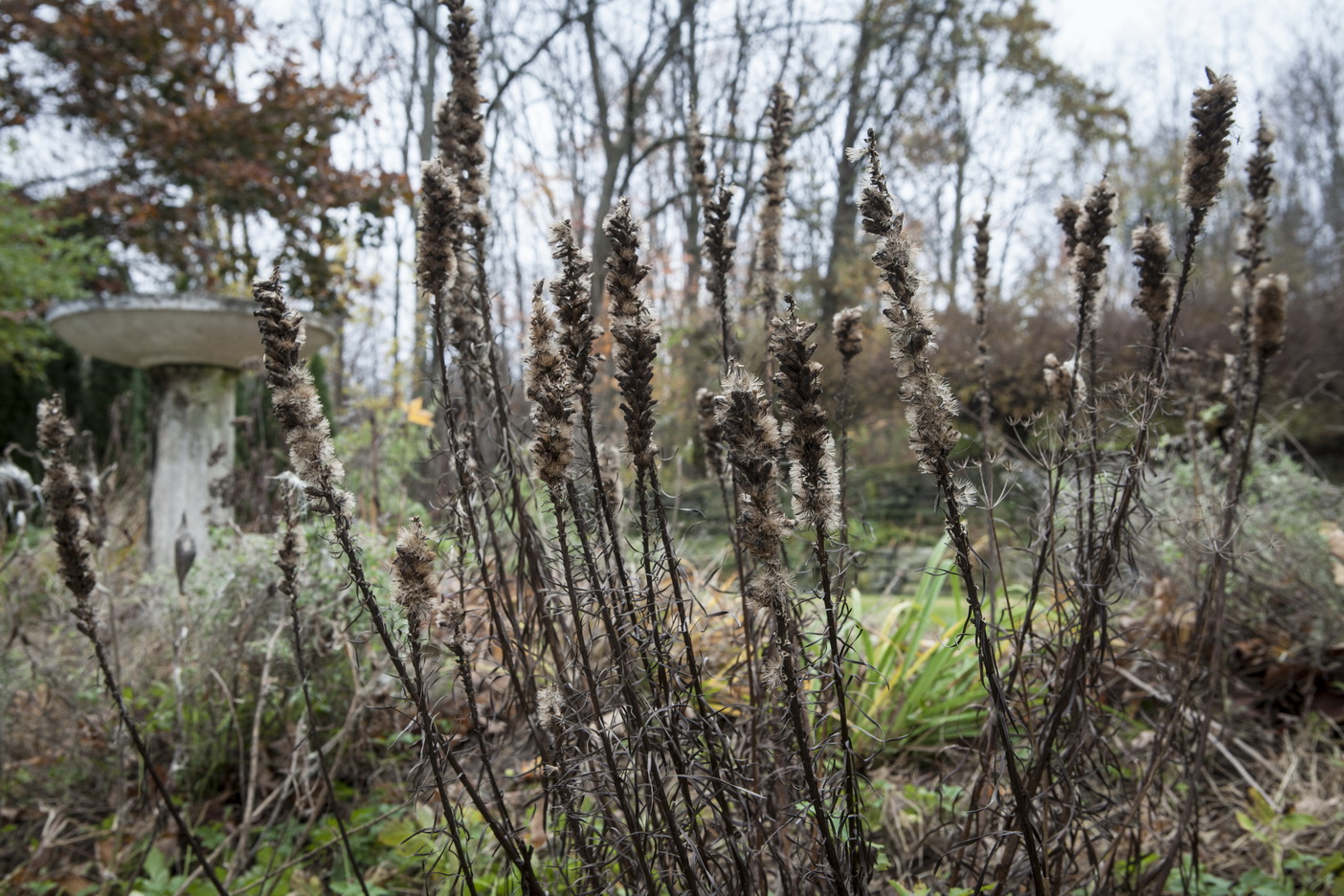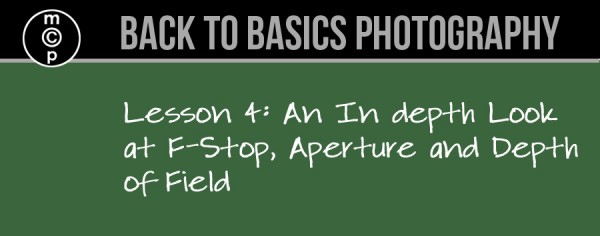Featured Products
Back to Basics Photography: An In Depth Look at F-Stop, Aperture, and Depth of Field
In the upcoming months John J. Pacetti, CPP, AFP, will be writing a series of basic photography lessons. To find them all just search “Back to Basics” on our blog. This is the fourth article in this series. John is a frequent visitor to the MCP Facebook Community Group. Make sure to join – it’s free and has so much great information.
In our last article I gave you a detailed look at ISO. This time we’ll go in depth with F-Stop
F-Stop is the opening in the shutter or aperture. Aperture is the opening in the shutter that light passes through on its way to the sensor. F-Stop effect, both the amount of light entering the camera and your depth of field.
For starters, your camera has a mechanical aperture that controls how much light enters the camera.
- This aperture can change in size, and it works a lot like the pupil in your eye. In general, the brighter the scene, the more the pupil constricts or becomes smaller; in low light, the pupil is larger, letting in as much light as possible. The same goes for your camera’s aperture.
- When the aperture changes, the DOF changes. For example: If you change your F-Stop from 5.6 to 8 you decrease the size of the aperture, therefore increasing your DOF. If you change your F-Stop from 8 to 5.6 you increase the size of the aperture, therefore decreasing your DOF. Yes, that sounds backwards. In a way it is. That’s not something you need to worry about, just know the lower the number, such as 1.4 or 2.8, the shallower your DOF. The higher the number, such as 11 or 16, the greater the DOF is.
Depth of field is the general area of focus in an image. There is the point that you focus on, your focal point. Now, the area of general focus is 1/3 in front of your focal point and 2/3 behind your focal point. There is a mathematical formula to prove this; however, you don’t really need to know that. Just remember that rule when you’re out in the field, especially when working with groups. With large groups, for example, several rows deep, you would focus at a point 1/3 into the group. That should guarantee you a good general area of focus through the entire group.
Types of Depth of Field:
- Shallow: If you’re interested in your background being out of focus you would need a shallow DOF. You would use a low F-Stop.
- Greater: If you’re interested in your background being in focus you would need a greater DOF. You would use a high F-Stop.
One more thing about DOF:
- The closer you are to your subject, shallower you area of general focus.
- The father way from your subject, the greater your area of general focus.
For example: Your subject is an adult female, who needs head shots. You set your F-Stop at 2.8 to blur the background. You choose your lens and position yourself a few feet away from you subject. It’s a possibility that if you focus on the eyes, that the ears could be out of focus. A better situation would be to back away from your subject and zoom in or use a longer lens. The increase in distance will increase the general area of focus for your image. The eyes and ears would both now be in focus. You could increase your F-Stop to f4 or F5.6 to increase your DOF and an alternative and move farther away from your background to keep it out of focus.
The first image has a shallow DOF.

The middle has a higher DOF

The third image has an even higher DOF

Look closely at the foreground and background, the birdbath looking thing on the left in the background. You can see the change in DOF as we increase our F-Stop.
There are other things to consider when you’re out there working. We’ll tie this all together as our writings continue.
John J. Pacetti, CPP, AFP – South Street Studios www.southstreetstudios.com
2013 Instructor at MARS School- Photography 101, The Basics of Photography www.marschool.com
If you have question, feel free to contact me at [email protected]. This email goes to my phone so am able to answer quickly. I’ll be glad to help in any way I can.
No Comments
Leave a Comment
You must be logged in to post a comment.








































Great basic explanation, John. Looking forward to the rest of your series.
Great explanation about the exposure triangle.I normally leave my camera on auto, usually [P] instead of [Av] or [Tv], but I will use the exposure compensation dial to underexpose or overexpose up to +/- 2 stops in 1/3 increments. I will shift from Program to Aperture-priority or Shutter-priority depending on what I want to get.I do have a project of photographing the Full Moons where I will use total manual control using the “Sunny F/16 Rule”.
PS:C-41 film has great exposure latitude. I’ve read Kodak’s Tech Pubs on their C-41 film portfolio and none mention pushing or pulling development or the ISO range of their films.I’ve exposed their C-41 B&W film, Kodak BW400CN rated at ISO 400, from ISO 100 (accidentally) to ISO 1600 (intentionally) with great results.Kodak’s Tech Pubs for their traditional B&W film, TMAX and Tri-X, do mention push and pull development. I’ve sent TMAX 3200 pushed 2 stops to 12800 to a B&W lab for development. There was one photo where the grain exploded, but other photos were acceptable because of the rock concert lighting conditions.